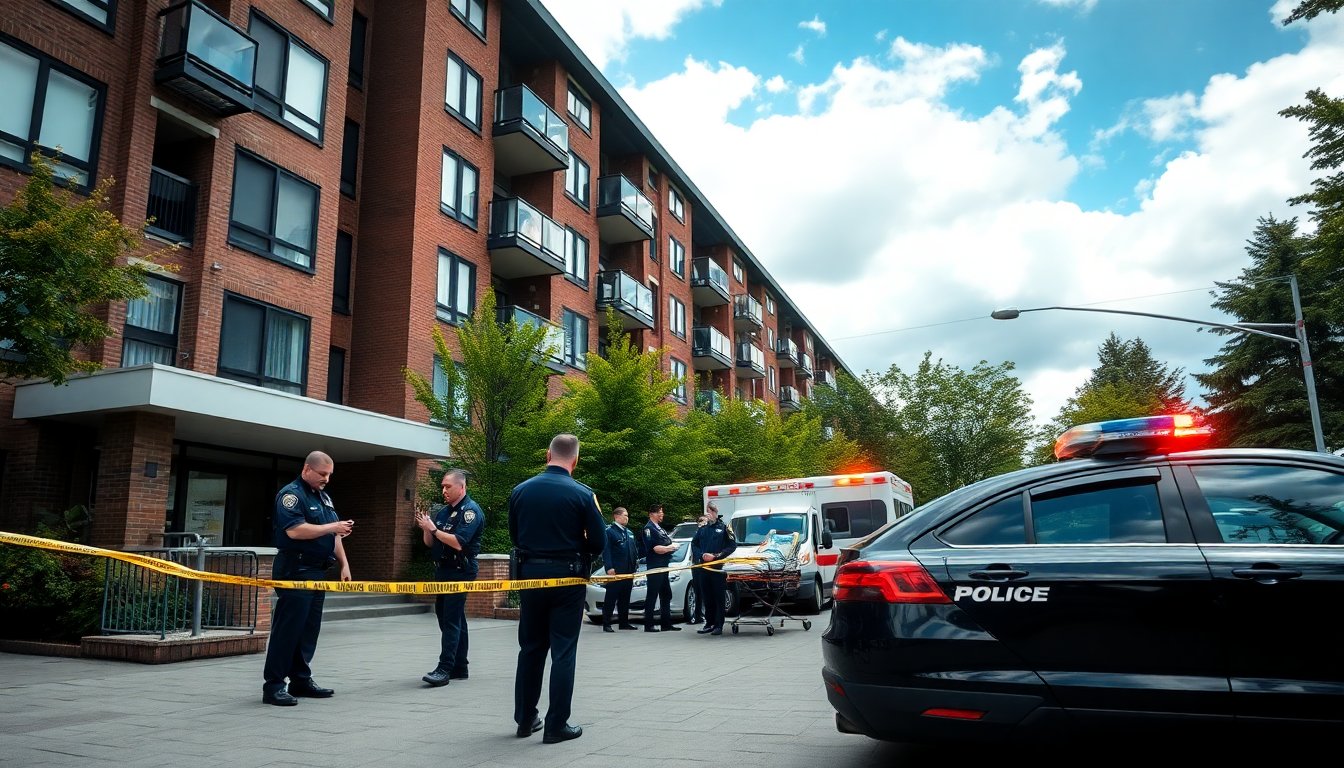Table of Contents
Amid rising crime rates, the recent double homicide in Vancouver has raised urgent questions about community safety. At approximately 2 p.m., police responded to a stabbing incident at a residential building near Vanness Avenue and Spencer Street. Authorities discovered four victims upon arrival; tragically, two individuals were pronounced dead at the scene, while the other two were transported to the hospital with serious injuries. This incident highlights critical issues surrounding the evolving landscape of crime in the city.
Analyzing the Implications of Violent Crime
Understanding the dynamics of violent crime in urban areas is essential for both residents and policymakers. The term double homicide underscores the severity of the situation, reflecting a troubling trend in violent acts that can instill fear within the community. Investigators have yet to release specific information regarding the victims, such as their ages or genders, which often plays a crucial role in community responses and media narratives. Furthermore, the police have not confirmed whether any arrests have been made, although they assured the public that there is no ongoing risk at this time.
This incident is not isolated; it reflects a broader trend of increasing violence in various neighborhoods across Vancouver. Crime statistics indicate that the nature of urban crime can fluctuate significantly, influenced by socio-economic factors, policing strategies, and community engagement. Residents are left feeling vulnerable, prompting discussions about safety measures and community vigilance.
Community Response and Safety Measures
In light of this incident, community response becomes critical. Local residents and organizations often unite to address their safety concerns. Initiatives may include increased neighborhood watch programs and efforts to enhance police presence in areas perceived as high-risk. While the effectiveness of these measures can vary, they often foster solidarity and a sense of collective responsibility among residents.
Moreover, public awareness campaigns can play a pivotal role in educating community members about safety practices. Engaging with local law enforcement through open forums can help demystify police procedures and build trust between citizens and officers. Such dialogues are essential for cultivating a resilient community that not only responds to crises but also actively works to prevent them.
Looking Ahead: Crime Trends and Community Safety
As we analyze the implications of this double homicide, it is vital to consider the potential long-term effects on crime trends in Vancouver. Historical data often reveals patterns in crime that can help predict future occurrences. Understanding these patterns can empower communities to take proactive measures in safeguarding their neighborhoods.
Moreover, collaboration between law enforcement agencies and community organizations can lead to more effective crime prevention strategies. By investing in preventive measures, communities can enhance their resilience against rising crime rates. The goal is not merely to react to incidents but to create an environment where such tragedies are minimized.


